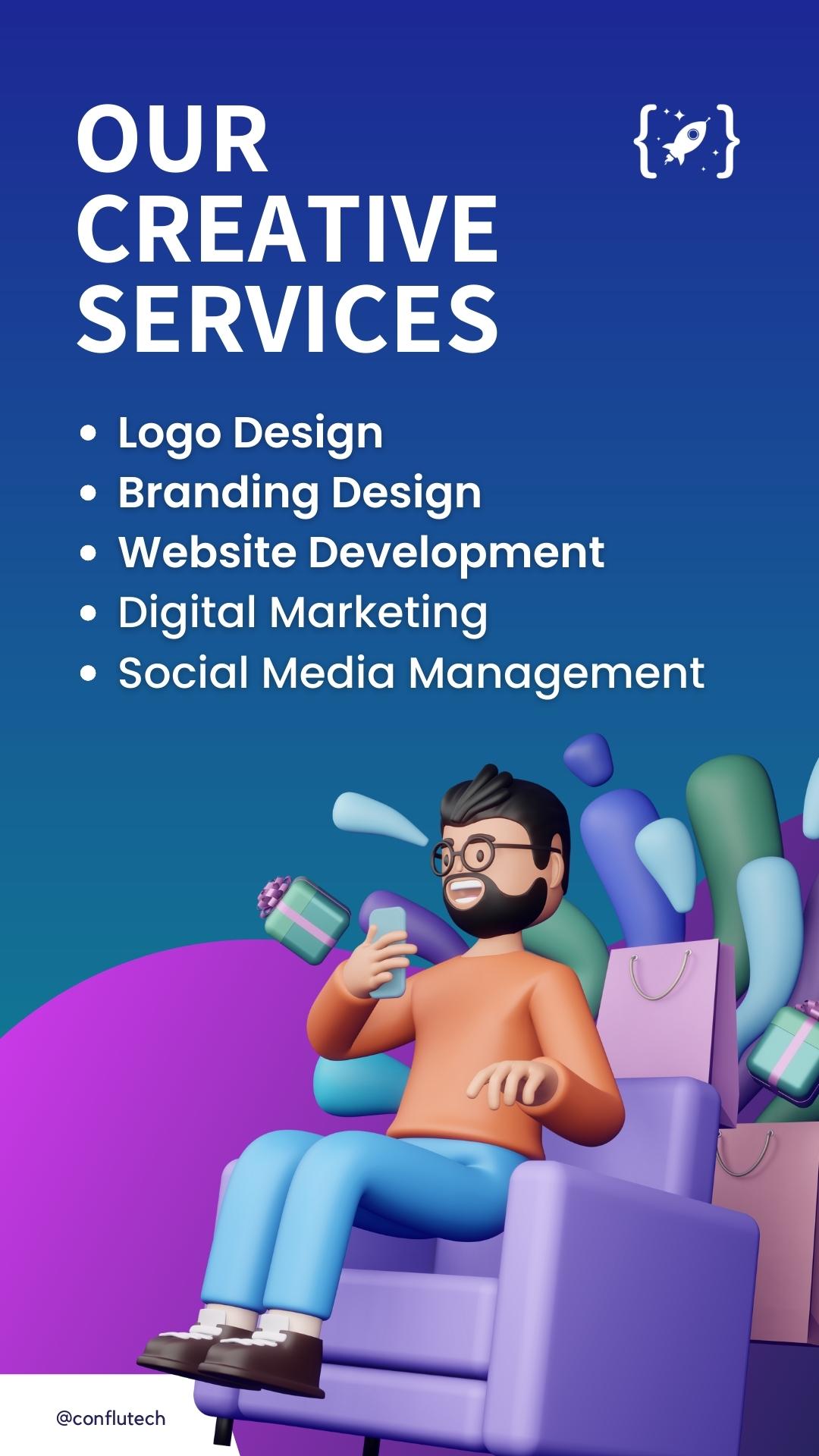While social platforms offer great opportunities for connecting with customers and growing your brand, they require ongoing effort and strategy to use effectively. However, amidst the vast landscape of social media, many beginners make common mistakes that can hinder the development of a robust online presence. In this article, we’ll explore these rookie errors and provide actionable tips to avoid them, ensuring a flourishing social media journey.
I. Introduction
A. Importance of Social Media Presence
In today’s digital age, having a strong social media presence is synonymous with establishing a brand or individual identity. Whether you’re a business looking to connect with customers or an individual seeking to build a personal brand, social media provides a dynamic space for engagement and visibility.
B. Common Mistakes Made by Beginners
Embarking on a social media journey can be exciting, but it’s crucial to be aware of common pitfalls. Many beginners fall prey to these mistakes, impacting their overall social media strategy. Let’s delve into each of these errors and discover how to navigate the social media landscape successfully.
II. Lack of Consistent Branding
A. Importance of Branding
Branding is the foundation of a strong social media presence. It’s not just about having a logo; it’s about creating a consistent and recognizable identity across all platforms. Failing to establish a cohesive brand image can lead to confusion among your audience.
B. Tips for Consistent Branding on Social Media
To avoid this mistake, ensure that your brand’s colors, tone, and imagery remain uniform across all social media channels. Create a style guide that outlines your brand elements, making it easy for your audience to identify and connect with your content.
III. Neglecting Audience Engagement
A. The Role of Engagement in Social Media
Social media is not a one-way street. Neglecting to engage with your audience can result in a lack of connection and interest. Engagement is a two-way conversation that humanizes your brand and fosters a loyal community.
B. Strategies for Boosting Audience Interaction
Encourage conversations by asking questions, responding to comments, and running polls. Host live sessions to directly interact with your audience. The more engaged your followers are, the more likely they are to share your content, expanding your reach.
IV. Ignoring Analytics and Insights
A. Significance of Analyzing Data
Social media platforms offer valuable analytics and insights that can guide your content strategy. Ignoring these metrics means missing out on crucial information about your audience’s preferences, peak engagement times, and content performance.
B. Tools for Monitoring Social Media Performance
Utilize analytics tools provided by platforms and consider third-party tools for more in-depth analysis. Regularly review these insights to refine your strategy, optimize posting times, and tailor content to your audience’s preferences.
V. Overlooking Platform-Specific Strategies
A. Tailoring Content for Different Platforms
Each social media platform has its own unique features and audience demographics. Overlooking platform-specific strategies means you may not be reaching your audience effectively. What works on Instagram may not resonate on LinkedIn.
B. Understanding Each Platform’s Unique Features
Tailor your content to suit each platform. For instance, use visually appealing images on Instagram, share professional insights on LinkedIn, and leverage trending hashtags on Twitter. Understanding the nuances of each platform maximizes your impact.
VI. Spamming and Overposting
A. Negative Impact of Spammy Content
While consistency is essential, bombarding your audience with excessive posts can lead to fatigue and annoyance. Spammy content diminishes the quality of your brand and can result in unfollows.
B. Optimal Posting Frequency on Social Media
Find the right balance by scheduling posts strategically. Quality always trumps quantity. Monitor engagement metrics to determine the optimal posting frequency for your audience.
VII. Failing to Respond to Comments and Messages
A. Building Community through Communication
Social media is a platform for dialogue. Failing to respond to comments and messages sends the message that you’re not interested in engaging with your audience. Building a community requires active communication.
B. Strategies for Effective Interaction
Set aside time daily to respond to comments and messages. Address concerns, express gratitude, and encourage further conversation. A responsive approach fosters a sense of community and loyalty among your followers.
VIII. Inconsistent Posting Schedule
A. Importance of a Regular Posting Schedule
Consistency is key in social media. An inconsistent posting schedule can lead to a decline in visibility and engagement. Followers appreciate predictability, and a regular posting schedule establishes trust.
B. Tools for Managing Posting Consistency
Use scheduling tools to plan and automate your posts. This ensures a steady flow of content even during busy periods. A consistent posting schedule keeps your audience engaged and anticipating your next update.
IX. Ignoring Negative Feedback
A. Turning Negative Feedback into Opportunities
Negative feedback is inevitable, but ignoring it is a mistake. Instead of viewing it as a setback, use negative feedback as an opportunity for improvement. Address concerns transparently, demonstrating your commitment to customer
satisfaction and continuous growth.
B. Implementing Constructive Criticism
Listen to your audience and identify patterns in negative feedback. Use constructive criticism to refine your products, services, or content strategy. Publicly address concerns and showcase your dedication to addressing issues, earning the respect of your audience.
X. Not Utilizing Visual Content
A. Power of Visuals in Social Media
Visuals have a profound impact on social media engagement. Neglecting the use of images and videos can result in missed opportunities to capture your audience’s attention. Visual content is more shareable and memorable.
B. Incorporating Images and Videos Effectively
Integrate visually appealing images and videos into your content strategy. Invest in high-quality visuals that align with your brand. Infographics, product demonstrations, and behind-the-scenes glimpses can enhance the overall visual appeal of your social media presence.
XI. Overlooking Hashtags
A. Significance of Hashtags in Social Media
Hashtags are not just trendy symbols; they serve as powerful tools to increase the discoverability of your content. Overlooking hashtags means missing out on a broader audience that actively searches for specific topics.
B. Best Practices for Hashtag Usage
Research and utilize relevant and trending hashtags in your industry. Create branded hashtags to encourage user-generated content and enhance brand visibility. A strategic hashtag strategy amplifies the reach of your posts across social media platforms.
XII. Disregarding Trends and Updates
A. Staying Relevant in a Dynamic Social Media Landscape
Social media is ever-evolving, with trends and updates shaping the user experience. Disregarding these changes can render your content outdated and less appealing to your audience.
B. Adapting to Industry Trends and Platform Updates
Stay informed about industry trends and platform updates. Incorporate relevant trends into your content strategy to showcase your brand’s adaptability. Being aware of changes ensures that your content remains fresh and resonates with your audience.
XIII. Lack of Social Listening
A. Understanding Social Listening
Social listening involves monitoring online conversations to gain insights into your brand, industry, and competitors. Neglecting social listening means missing valuable opportunities to understand your audience’s sentiments and adapt your strategy accordingly.
B. Tools for Monitoring Brand Mentions
Invest in social listening tools to track brand mentions, industry keywords, and competitor activities. Analyzing this data provides valuable insights, enabling you to tailor your content, address concerns, and engage with your audience more effectively.
XIV. Not Utilizing Influencer Marketing
A. Leveraging Influencers for Brand Exposure
Influencers have the power to amplify your brand’s reach. Not utilizing influencer marketing means overlooking a valuable strategy to connect with a broader audience through trusted personalities.
B. Establishing Authentic Relationships with Influencers
Identify influencers relevant to your industry and build authentic relationships with them. Collaborate on campaigns or have them review your products/services. Authenticity is key to a successful influencer marketing strategy that resonates with your audience.
XV. Conclusion
A. Recap of Rookie Mistakes
Maintaining a strong social media presence requires vigilance and a strategic approach. By avoiding rookie mistakes such as inconsistent branding, neglecting audience engagement, and ignoring analytics, you pave the way for a thriving online presence.
B. The Path to a Strong Social Media Presence
Commit to continuous improvement, stay informed about industry trends, and prioritize authentic engagement. A combination of strategic planning, consistent branding, and adaptability will set you on the path to maintaining a strong and impactful social media presence.
FAQs (Frequently Asked Questions)
- How often should I post on social media for optimal engagement?
- Consistency is key. Find a posting schedule that works for you, but quality should always take precedence over quantity.
- Why is social listening important for my brand?
- Social listening provides valuable insights into your audience’s sentiments, allowing you to adapt your strategy, address concerns, and engage more effectively.
- How can I effectively utilize hashtags to boost my content reach?
- Research and use relevant and trending hashtags in your industry. Creating branded hashtags can also encourage user-generated content.
- Why is responding to negative feedback crucial for a brand’s image?
- Responding transparently to negative feedback demonstrates a commitment to improvement and customer satisfaction, building trust with your audience.
- What role do influencers play in social media marketing?
- Influencers can amplify your brand’s reach. Building authentic relationships with influencers is crucial for a successful marketing strategy.
In a dynamic social media landscape, avoiding these rookie mistakes and embracing best practices will not only help you maintain a strong social media presence but also contribute to the long-term success of your brand or personal profile.










